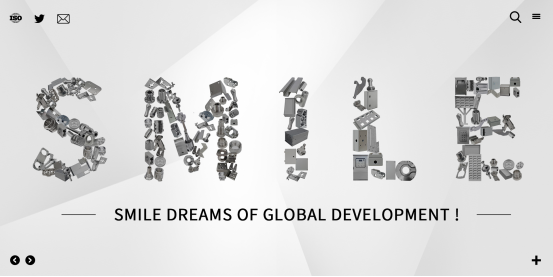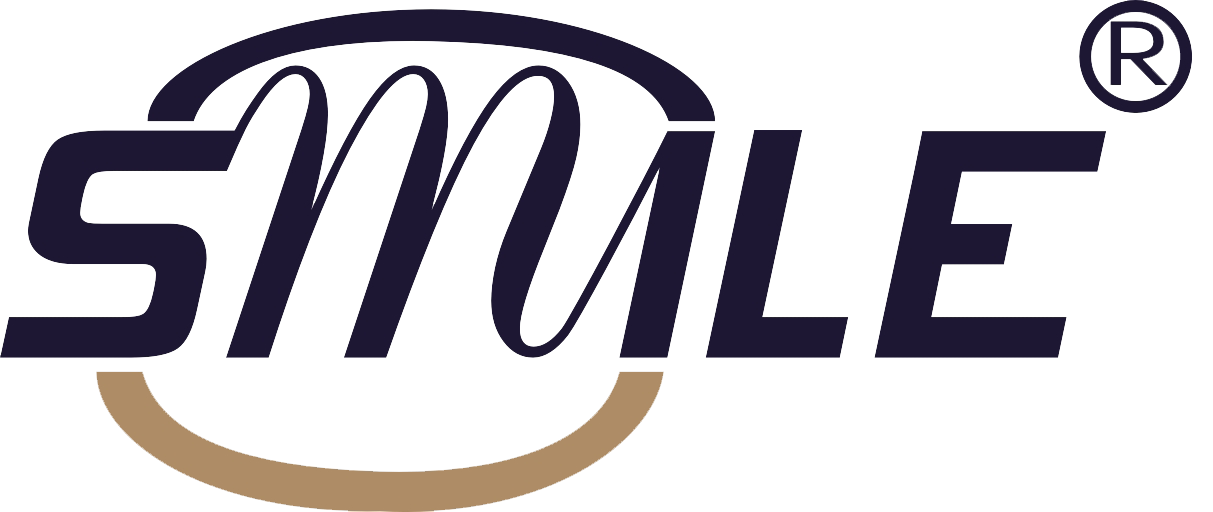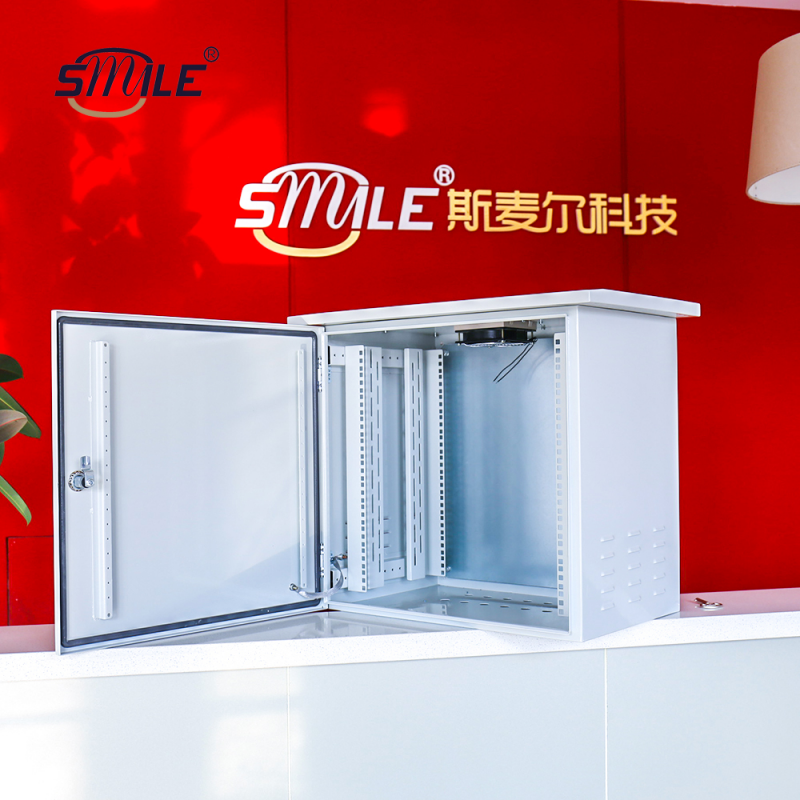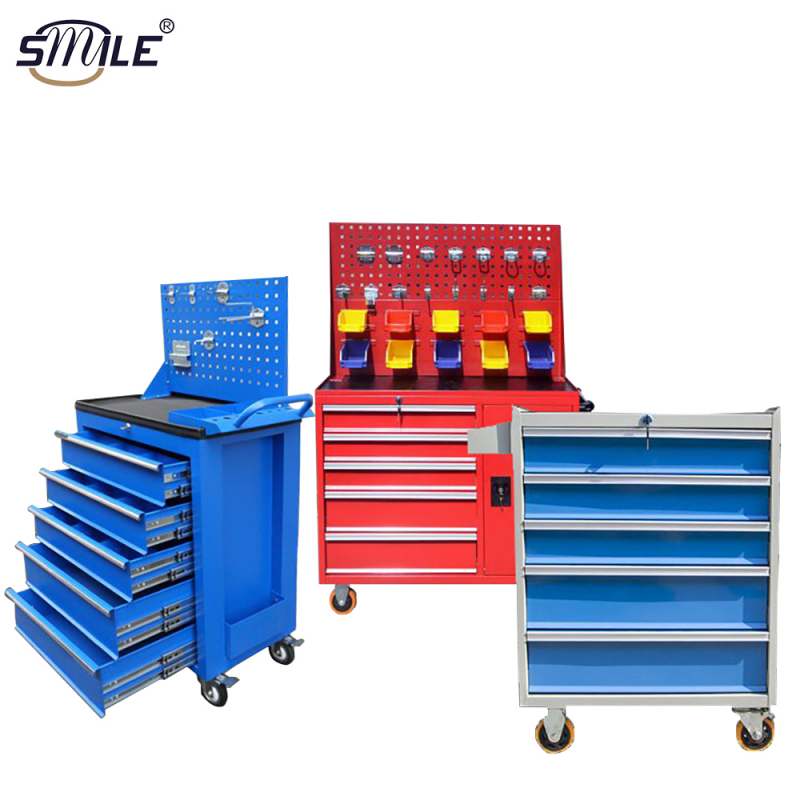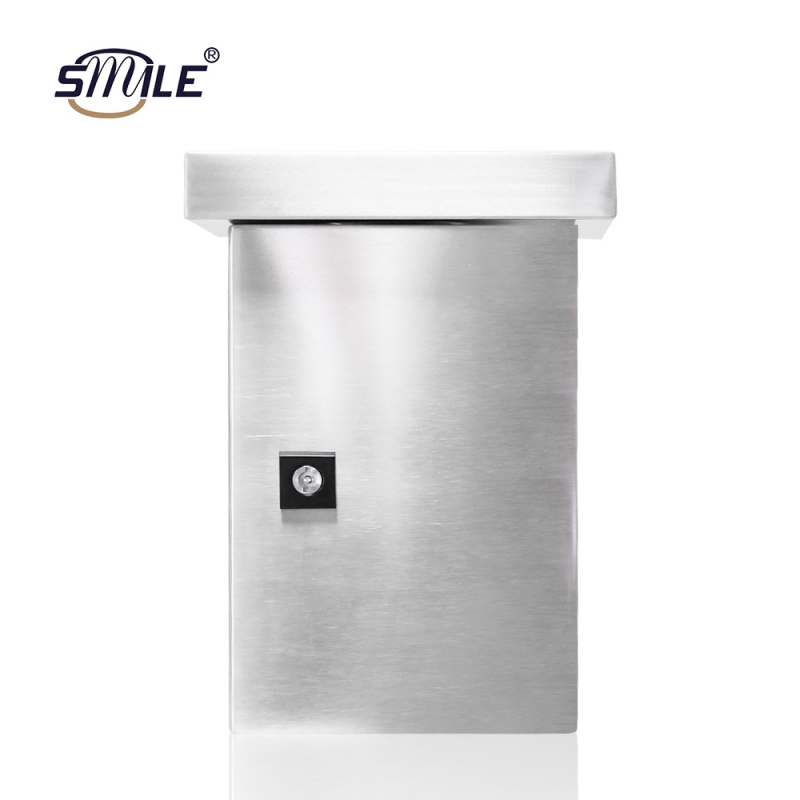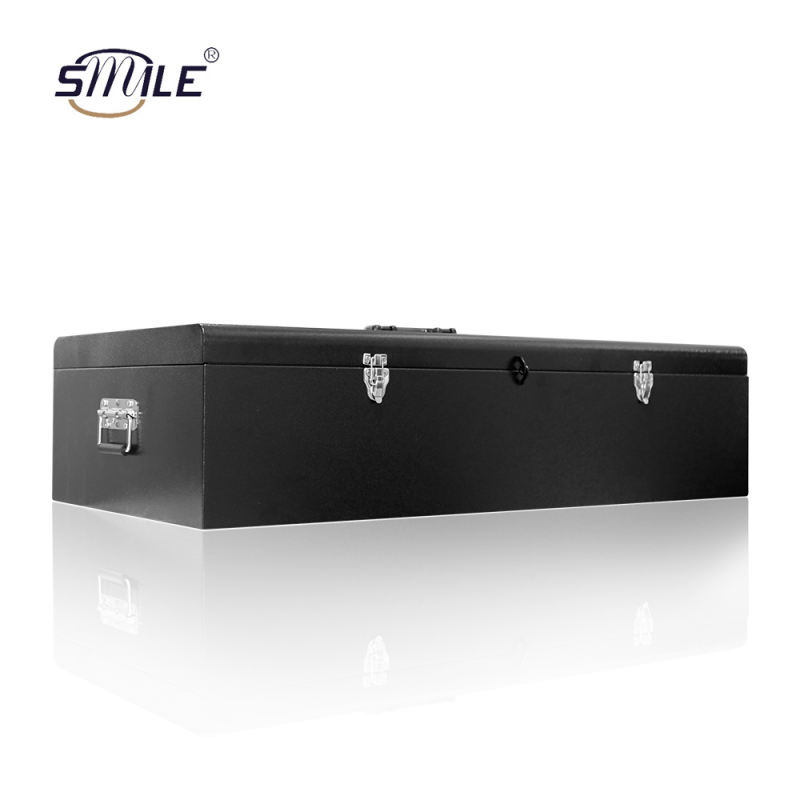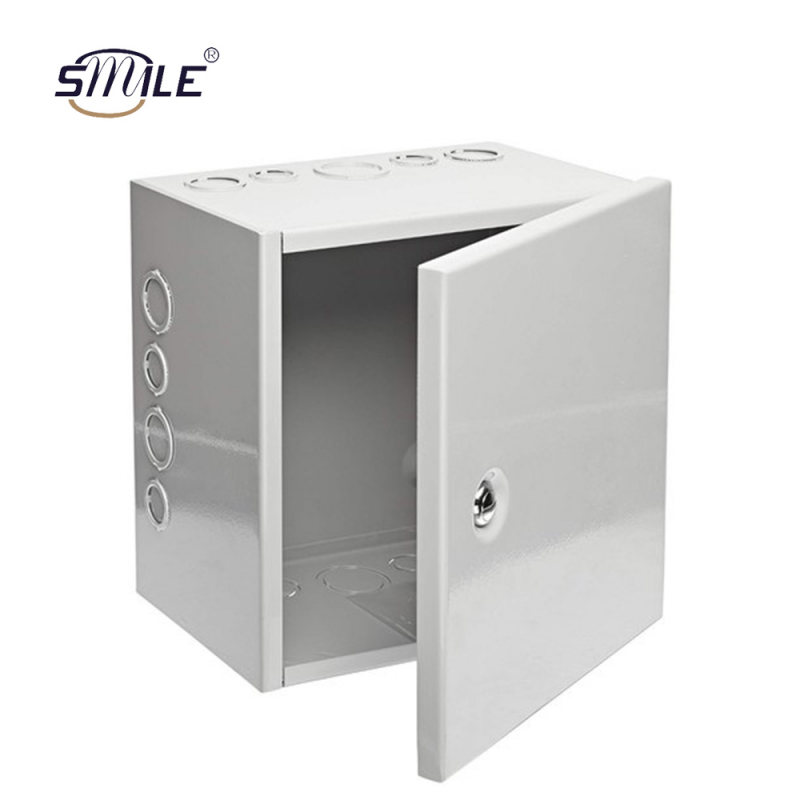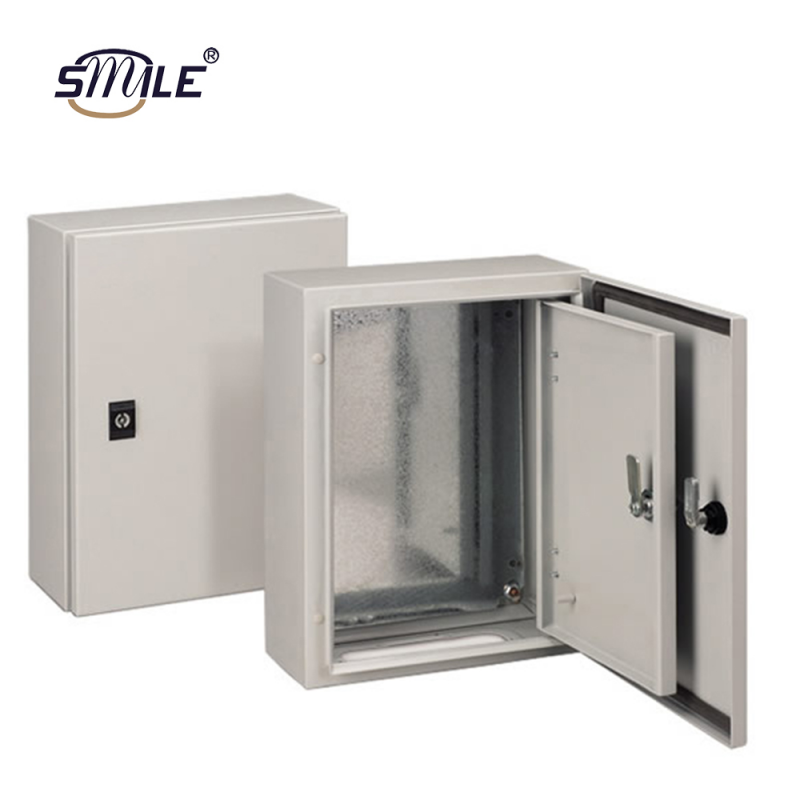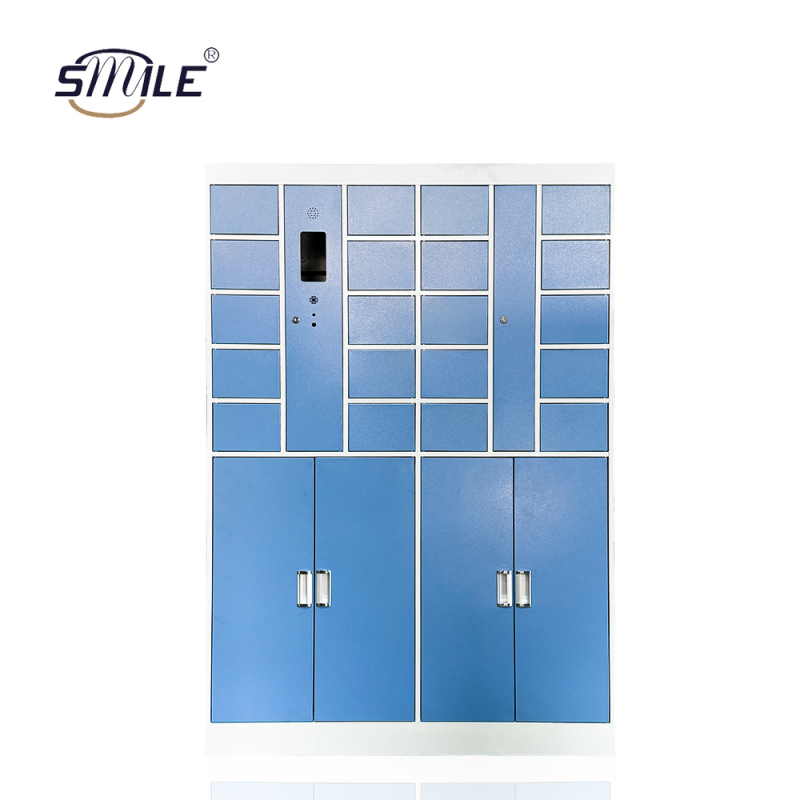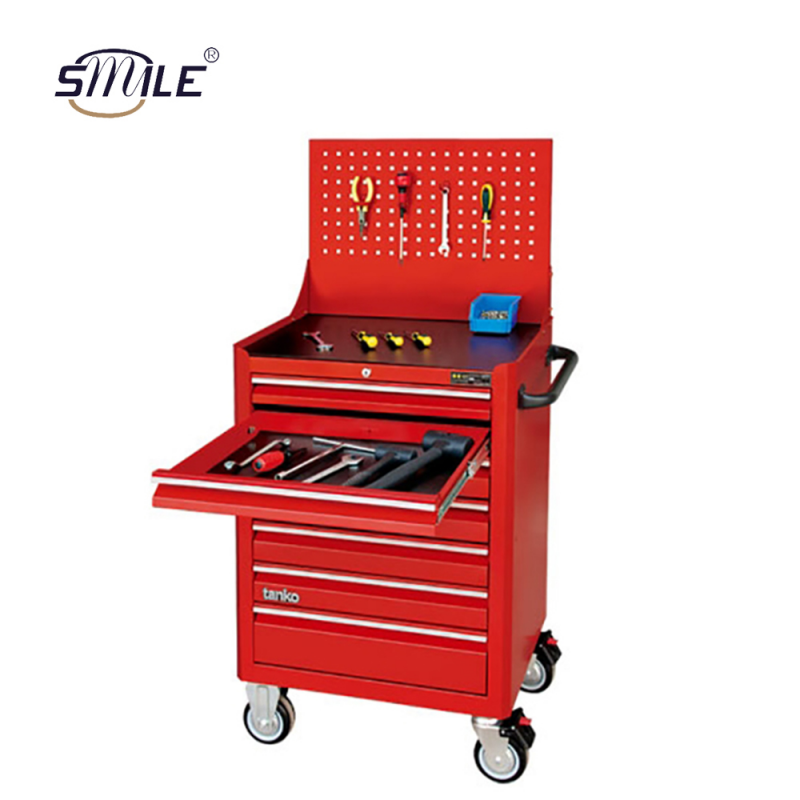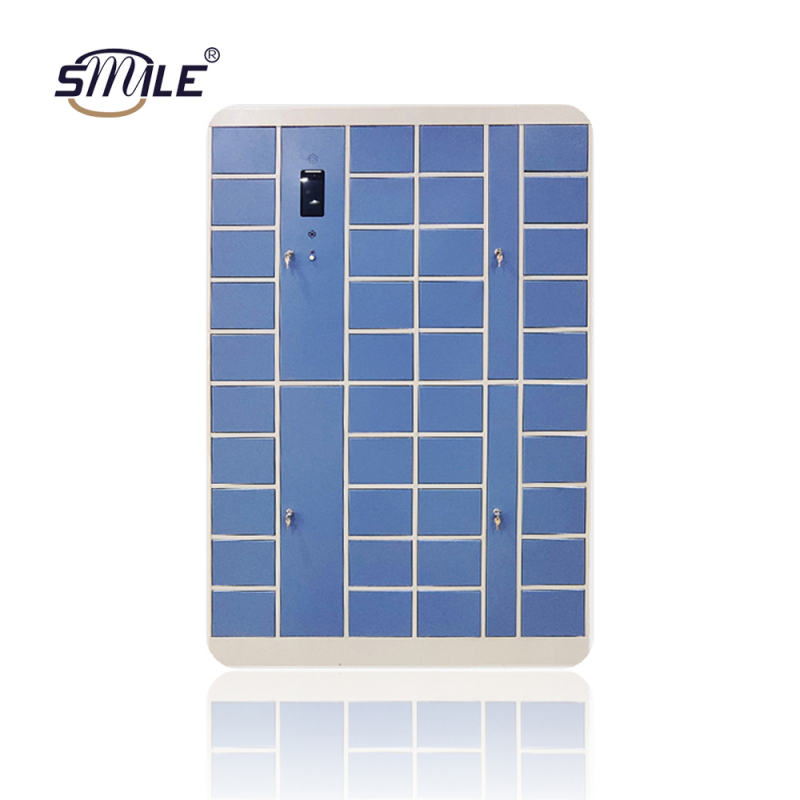Sheet metal fabrication this is vital to many industries, from construction to aerospace, semiconductors, automotive and more. It's a delicate manufacturing process that's responsible for producing the vast array of products you see every day.
Metal working has been around for hundreds of years, but it continues to evolve as technology advances. From making precision parts for machinery to complex metal structures, it has more applications than you might think.
In this guide, we'll cover:
·What is sheet metal working?
·How does the process of sheet metal working work?
·The different types of sheet metal and their applications?
·What are the benefits of sheet metal working?
So let's explore, and as always, if you have questions or are interested in what we do, we at CHNSMILE have 19 years of experience in sheet metal fabrication, choose CHNSMILE metal fabrication services to support your next project.
What exactly is sheet metal fabrication?
—————————————
Sheet metal fabrication is a technology that involves the processing of sheet metal, which are usually of a certain thickness, but thin in relation to their length and width. Sheet metal fabrication encompasses a variety of processes including, but not limited to, cutting, bending, stamping, welding, forming, and more, with the goal of producing metal parts or structural components in a variety of shapes and sizes.
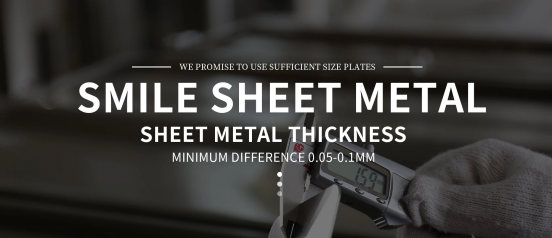
How does the process of sheet metal working work?
————————————————————
1. Design
Design phase: CAD/3D software is used to create design drawings for sheet metal parts. The designer needs to consider factors such as functionality, size, and material selection of the part.
Material selection: Select the appropriate sheet metal according to the requirements of the part, such as carbon steel, stainless steel, aluminium and copper. Different materials have different mechanical properties, corrosion resistance, cost and other factors to consider.
2. Cutting
Laser cutting is usually the first step in the manufacturing process. Laser cutting is one of the most accurate methods of cutting sheet metal because the laser cuts the material precisely according to the programmed design, enabling very high cutting accuracy, speed and flexibility.
3. Bending And Numerical Control Punching
Bending is the process of bending a sheet of metal at an angle to form the desired three-dimensional shape. CNC punching refers to the use of CNC machine tools to punch, cut and shape metal sheets through moulds In actual production, bending and CNC punching are often used in combination to achieve more complex sheet metal products.
4. Welding And Riveting
Assembly and Welding
Welding: Joining different parts together using techniques such as arc welding, TIG welding and MIG welding.
Riveting: Using rivets to hold metal parts together.
Bolting: Using screws and nuts to join parts.
5. Surface Finishing
Surface treatments are used to improve the appearance, corrosion resistance, abrasion resistance, and other functionalities of metal surfaces. Surface treatment not only enhances the aesthetics of a product, but also enhances the life and performance of the product.
Powder Coating|Electroplating| Anodizing |Hot-Dip Galvanizing
Sandblasting |Laser Etching| Brushed Finish| Mirror Polishing
6. QC
Testing: Use a variety of testing tools and techniques to ensure that the finished product meets design standards.
Testing: Functional tests, stress tests, etc. are performed to verify the reliability and performance of the product.
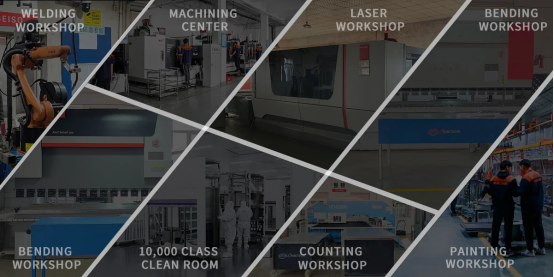

The different types of sheet metal and their applications?
————————————————————
Carbon steel: Carbon steel is used in the industrial and consumer markets for a range of products. It is a steel alloy that contains carbon, resulting in the material increasing in hardness and strength when it undergoes heat treatment.
Galvanised steel: Sheets of galvanised steel tend to be used for making automobile bodies, water pipes, fences, roofs, and staircases. It is made by coating steel with zinc through a hot dipping process, helping to make it more corrosion-resistant.
High-strength steel: Military armour plates tend to be made from sheets of high-strength steel. The material is produced by alloying steel with a range of elements such as carbon, manganese, and copper. This helps to improve its hardness.
Stainless steel: Used for kitchen vessels, storage tanks for chemicals and food processing machinery. Stainless steel offers superior corrosion resistance, fire and heat resistance, strength-to-weight ratio, and manufacturability.
Aluminium: Used for automotive parts, electrical devices, and cooking vessels. Offering numerous benefits including a good strength-to-weight ratio, and high conductivity.
Aluminised steel: This metal combines the high strength of carbon steel with aluminium’s superior corrosion resistance. Sheets of aluminised steel are used for products intended for high-temperature environments, such as kitchen appliances.

What are the benefits of sheet metal working?
—————————————————
1. Cost-effectiveness
Efficient material utilisation: sheet metal can be cut and shaped precisely, reducing material waste and production costs.
Economy of mass production: Standardised processes and automated production make mass production more economical.
2. Durability and Reliability
High strength-to-weight ratio: Sheet metal materials such as stainless steel and aluminium have a high strength-to-weight ratio, making them suitable for applications that require structural integrity.
Corrosion resistance: Certain sheet metal materials are naturally corrosion resistant, extending the life of the finished product.
3. Versatility and flexibility
Wide range of applications: can be used in a variety of industries including automotive, aerospace, construction, etc.
Ease of processing: can be processed through a variety of processes (e.g. cutting, bending, welding) to suit different design requirements.
CHNSMILE is the right choice for sheet metal processing.
—————————————————
CHNSMILE prides itself on providing end-to-end sheet metal fabrication and subcontracting services.For more than 19 years, CHNSMILE has been the preferred choice for sheet metal fabrication solutions in China, and CHNSMILE's plan is to keep it that way, with quality guaranteed every time!
